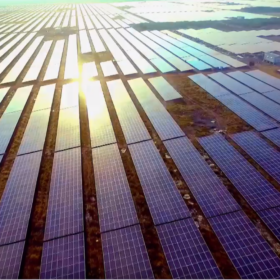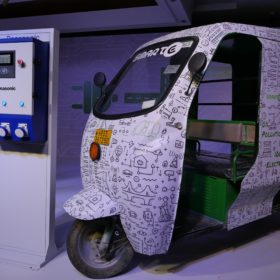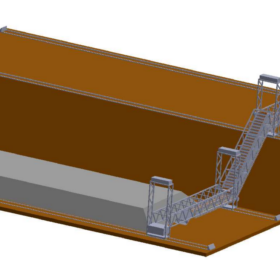The global solar microinverter market, which achieved a market size of US$270.7 million in 2022, is anticipated to experience substantial growth, reaching US$632.8 million by 2028. This projected expansion represents a remarkable Compound Annual Growth Rate (CAGR) of 15% during the period from 2023 to 2028, according to a report by [Publisher Name].
A solar microinverter is an electronic device used in photovoltaic (PV) cells to convert the waveform of the current. These inverters typically function in parallel circuits and are employed to convert direct current (DC) into alternating current (AC). PV cell systems consist of multiple individual solar panels, each equipped with a microinverter. These devices can separate and convert power output from each panel into grid voltage.
In comparison to traditional string converters, solar microinverters offer several advantages, including the ability to maintain a consistent power flow despite panel shading, greater design flexibility, enhanced power extraction from solar panels via Maximum Power Point Tracking (MPPT) technology, and reduced fire risk.
The market’s growth is driven by several factors, including the increasing deployment of solar microgrids, rising energy demand in the commercial and industrial sectors, and the growing adoption of residential solar rooftop installations. Additionally, the utilization of Building-Integrated Photovoltaics (BIPV) is contributing to market expansion. BIPV involves integrating PV power generators into building envelope materials, serving as a primary or supplementary source of electrical power.
Microinverters play a crucial role in maintaining ambient temperatures while providing fire protection to buildings. Other growth drivers include the demand for remote monitoring capabilities, ongoing research and development (R&D) activities, and government initiatives promoting renewable energy adoption.





